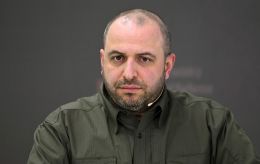Challenging task: Will Patriot systems be able to close sky over Ukrainian Kharkiv
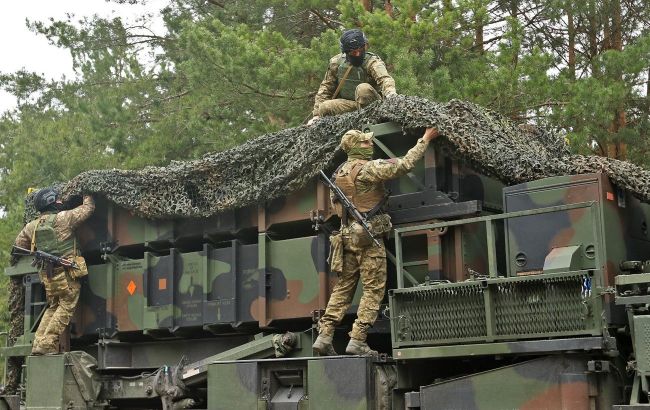 Photo: Patriot system transferred to Ukraine (facebook.com/kpszsu)
Photo: Patriot system transferred to Ukraine (facebook.com/kpszsu)
The Russian offensive towards Kharkiv has once again raised the issue of defending Ukraine's second-largest city. It is anticipated that Patriot systems could strengthen its air defense component, and this is being discussed at the highest levels.
The material by RBC-Ukraine discusses how many systems are needed, whether they will secure the skies over Kharkiv, and what problems need to be addressed.
Sources: statements from President Volodymyr Zelenskyy, US Secretary of State Antony Blinken, Western partners, and Ukrainian officials, as well as comments from experts Ihor Romanenko and Oleksandr Kovalenko.
Contents
- How many Patriots are needed for Kharkiv
- Not just Kharkiv. What else will be within the Patriot's range
- Patriot against guided aerial bombs (GABs). Will they solve the problem of airstrikes
- Patriot vs. С-300: Will Patriots provide a ballistic shield
- Will Patriot come under attack: What's the main issue
How many Patriots are needed for Kharkiv
Two months ago, Russian forces struck Kharkiv for the first time with a large-caliber air bomb. The strike on March 27 damaged 14 high-rise buildings, a school, a kindergarten, and a hospital. One person was killed and about 20 others were injured.
In response to the attack, President Volodymyr Zelenskyy raised the question of why Patriots, of which there are enough in the world, have not yet closed the sky over Kharkiv. According to him, in the hands of Ukrainians, they have proven that Russian terror can be defeated.
At least three Patriot systems are on rotation in Ukraine. In an April interview, Zelenskyy refused to disclose the exact number. But he noted that for the future, in order to fully cover the airspace, it is desirable to have at least 25.
"All our partners know this very well and even know the points where they should stand and act," he emphasized.
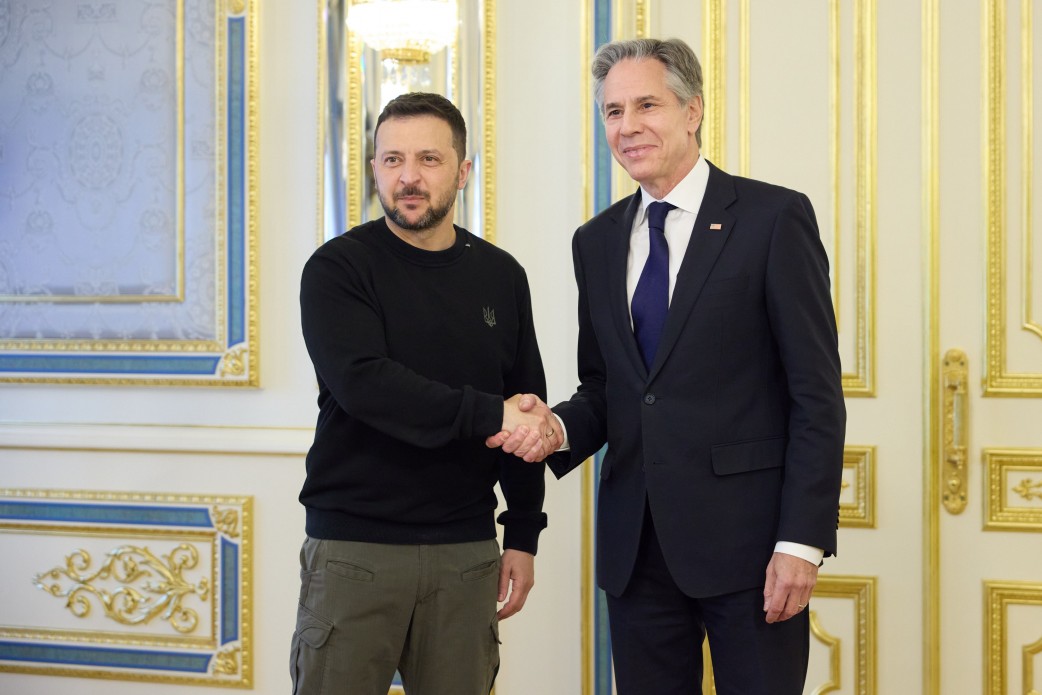
Photo: The question of additional Patriots was raised during the May meeting of Volodymyr Zelenskyy and Antony Blinken (president.gov.ua)
Ukraine urgently needs seven Patriot batteries, two of them were needed "yesterday," for the defense of Kharkiv and the region. This issue was raised during the meeting with US Secretary of State Antony Blinken, who named Kharkiv as one of the urgent priorities actively being worked on.
In an interview with ABC News, Zelenskyy stated that due to the Russian advance in the northern region, the situation is very serious, and "we cannot afford to lose Kharkiv."
"All we need are two Patriot systems. Russia will not be able to occupy Kharkiv if we have those," the president added.
Not just Kharkiv. What else will be within the Patriot's range
Perhaps the most well-known anti-aircraft missile system entered service with the US Army in the early 1980s. The system is constantly being improved, with Raytheon announcing plans for upgrades until 2048.
Patriot is not just one installation but a whole complex: radar, command center, and multiple launcher units.
"What do we understand by the system? It's a full battery, which optionally includes 4, 6, 8, or 10 launchers. We're talking about two batteries to cover Kharkiv, which on average means 16 launcher units," explained Alexander Kovalenko, a military-political analyst with the Information Resistance group, to RBC-Ukraine.
Patriot provides defense against tactical ballistic missiles, cruise missiles, and enemy aircraft.
The radar system detects destroyers at a distance of 110-130 km, bombers at 160-190 km, cruise missiles at 85-100 km, and ballistic missiles at 60-70 km. It can simultaneously track up to 50 targets and engage 5 of them.
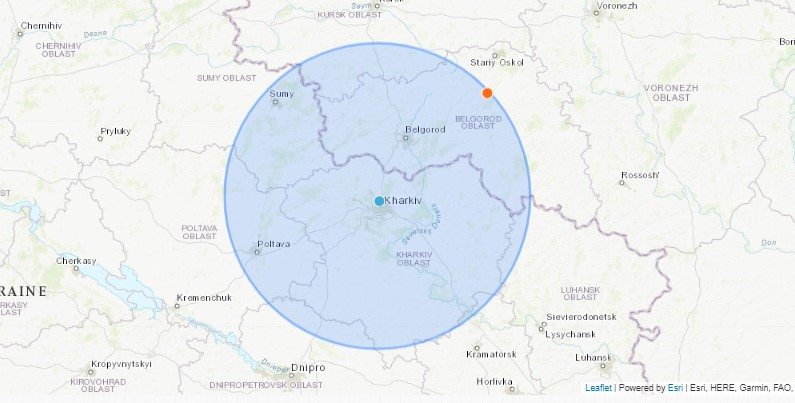
Photo: the maximum operating radius of the Patriot from the Kharkiv area against aerodynamic targets
The interception range depends on the type of missile and target. However, even based on basic figures, it's evident that Patriots in the Kharkiv area are capable of controlling not only the sky over Kharkiv but also over Belgorod (Russian Federation).
"At medium and high altitudes, the range of the Patriot system, depending on the missiles, is 150-160 km. In terms of range, for example, the S-200 air defense system is better with a maximum range of up to 300 km," explained former Deputy Chief of the General Staff of the Armed Forces of Ukraine, military expert Ihor Romanenko.
In general, Patriot interceptors work against aerodynamic targets within a radius of 80 to 160 km and against ballistic targets up to 75 km. From open sources, it is known that Ukraine has definitely employed the PAC-3 CRI version, which intercepts ballistic targets at distances of up to 40 km.
Patriot against guided aerial bombs (GABs). Will they solve the problem of airstrikes
In April, Defense Minister Rustem Umerov identified the main weapon through which the Russian forces achieve success: guided aerial bombs (GABs), which leave behind nothing but ruins.
GABs are extensively used in the direction of Kharkiv. Recently, the General Staff reported that as a result of such strikes, units had to be withdrawn to the area near the settlement of Lukyantsi, 20 km from the nearest outskirts of Kharkiv.
It's difficult to intercept GABs directly; it's more effective to hit the delivery systems. Previously, the Air Force stated that long-range systems like the Patriot are needed for this, capable of intercepting aircraft at distances of up to 150 km.

Photo: Patriot on combat duty (facebook.com/kpszsu)
Patriot in the outskirts of Kharkiv will undoubtedly push enemy aircraft further away from the launch sites, agrees Kovalenko.
"The operational radius allows for the destruction of tactical aviation even at the farthest launch locations. Regarding the 150 km range, it all depends on the modification of the anti-aircraft missile. But we can say it's 100+ km," he emphasized.
Even better are modern 4+ generation aircraft with air-to-air missiles reaching up to 180 km. Several fighters in the combat zone can promptly respond to the launch of enemy GAB carriers and prevent them from reaching the launch sites.
Ihor Romanenko stresses that Patriots are primarily needed against ballistic missiles, and Kharkiv is no exception. Stocks of interceptor missiles are limited, and they may only suffice to cover critical objects, so expending them on aircraft is not advisable.
"We need F-16s to finally arrive. If there are enough F-16s, plus an adequate number of batteries with anti-missile capabilities, then we can say that we'll effectively combat GABs," he noted in a conversation with RBC-Ukraine.
Patriot vs. С-300: Will Patriots provide a ballistic shield
On the night of May 17, the Russian forces struck Kharkiv with S-300 missiles. The strike hit an open area in the Nemyshlianskyi district, causing no damage or casualties. However, this isn't always the case. The regional center of Kharkiv is regularly targeted by S-300 missiles.
Although the S-300 is an air defense system, during the invasion of Ukraine, the Russian army modified the missiles for strikes against ground targets. The exact range of the missiles is unknown, but according to various estimates, it could be up to 110-120 km.
Observers from Army Recognition believe that the Russian forces reconfigured the radars and software to detect ground targets, and equipped the missiles with fragmentation or armor-piercing warheads. The guidance system was also modified, but the S-300 missiles still aren't highly precise.
In essence, the S-300 missiles are being used as ballistic missiles, covering the distance to Kharkiv in less than a minute. Therefore, discussions about the Patriot system may have given hope that the city would receive protection from ballistic missiles. However, it's not that simple.
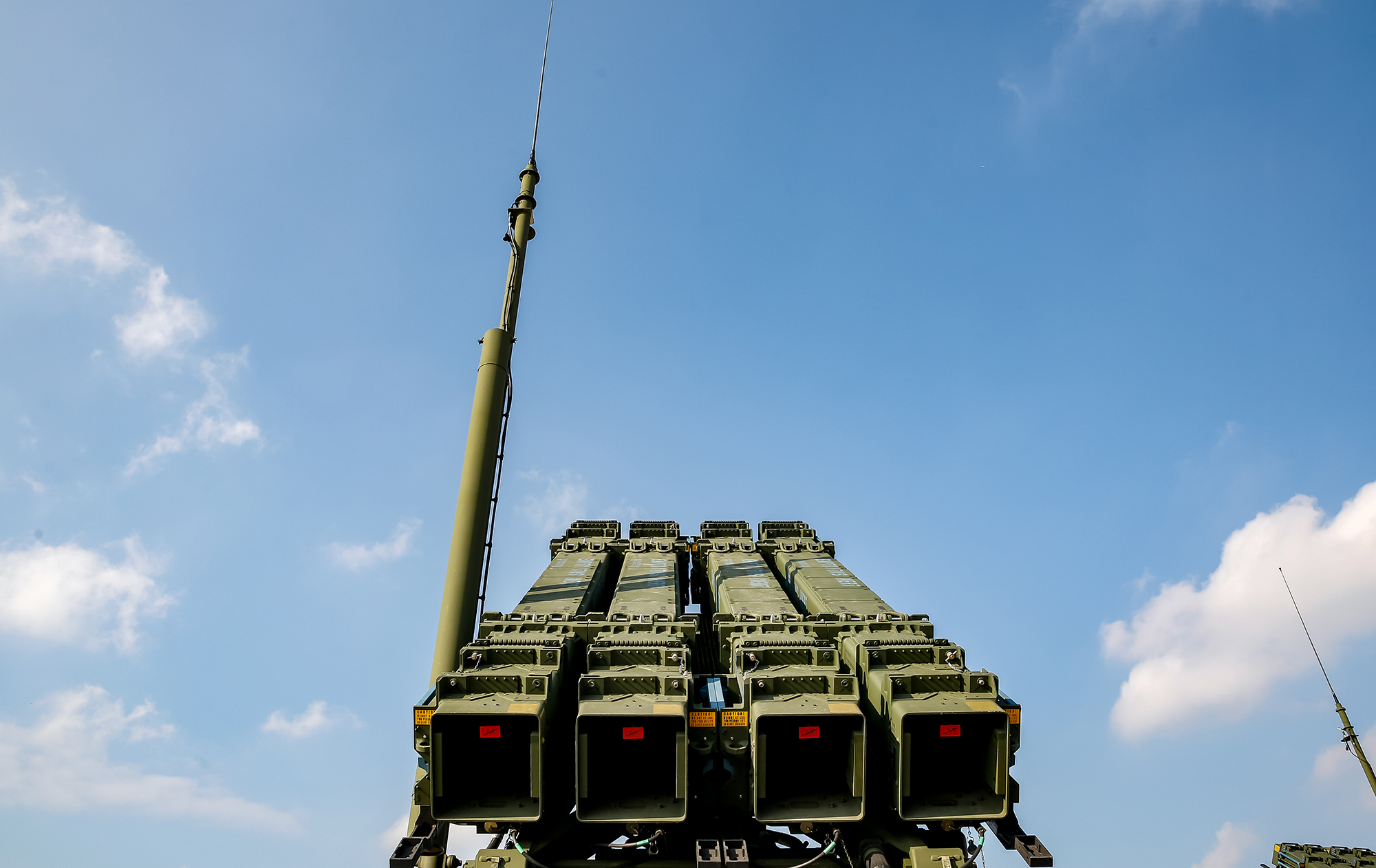
Photo: Patriot systems are unlikely to intercept S-300 missiles (Getty Images)
"Two batteries won't solve the problem of the anti-ballistic shield. Take Israel for example. They have a four-tiered air defense system, and still, missiles get through. To create something similar, it takes a lot of missile defense assets. But with the Patriot, we'll enhance Kharkiv's missile defense potential," noted Romanenko.
According to him, besides these systems, systems like SAMP-T or their equivalents, are needed, as well as shorter-range systems like IRIS-T and NASAMS, and multi-role aircraft like the F-16. However, it's essential to understand that there won't be 100% protection. Certainly, with the arrival of the Patriot, the capability to intercept S-300 missiles will be present, but they won't address all issues.
"Since the Russians have thousands of S-300 missiles, and we currently have zero Patriots in Kharkiv," added the expert.
The Russian stockpile and readiness to deliver systematic strikes pose another significant challenge. We don't have an abundance of expensive Patriot missiles, and it's unlikely we'll have enough to expend on S-300 missiles.
According to Oleksandr Kovalenko, the military will have to make a choice whether to intercept S-300 missiles or not. And if they decide to intercept, the missile stockpile will be quickly depleted. This could become one of the adversary's goals. After that, a negative propaganda effect will emerge: claiming that Patriots are in place but not providing protection.
"Moreover, they will attempt to target our batteries with these same S-300s. Overall, there are many dangerous pitfalls regarding Patriots for Kharkiv," he pointed out.
Will Patriot come under attack: What's the main issue
Positioning a Patriot near Kharkiv is a challenging task. It's just 20 km from the Russian border, and the city lacks layered air defense with short and medium-range systems.
Therefore, as soon as the Patriots appear in the outskirts of Kharkiv, they will become the target of a hunt. Since the combined reconnaissance of the Russian troops allows them to reduce the interval from detecting a target with the Orlan-10 UAV to hitting it with an Iskander missile within a few minutes, the threat is evident. During this time, the battery won't have enough time to change positions.
"If Patriot is not covered by layered air defense, it will become an easy target and won't help Kharkiv in any way," believes Kovalenko.

Photo: Ukrainian military servicing Patriot (facebook.com/kpszsu)
In the case of Kyiv, apart from short and medium-range systems, the distance to the border with Russia is almost 200 km. As for Kharkiv, 20 km is a serious and significant disadvantage.
"20 km is nothing for barrages of munitions like Lancet. The fact that reconnaissance Orlan drones are flying over the region is precisely a consequence of the lack of short-range systems. There aren't enough of them to fully close the airspace. So personally, I have serious doubts that the Patriot option is reliable and effective," noted the expert.
A possible solution would be to cover the NASAMS, IRIS-T batteries, and other means with additional portable anti-aircraft missile systems. The task is challenging, but if they can solve it, then the scenario with Patriot practically in close proximity to the front line will be unique in the history of wars.
***
The likelihood of Kharkiv receiving its Patriots is increasing against the backdrop of news from partners. Recently, Germany showed leadership by identifying six "available" systems for Ukraine, and then Chancellor Olaf Scholz announced readiness to transfer a third battery.
Bloomberg, citing sources in the White House, recently reported that the US is also working on delivery. Meanwhile, the Netherlands and other partners have expressed willingness to finance the purchase of additional missile defense systems. The timing of their arrival and whether there will be two batteries for Kharkiv remains an open question.
Meanwhile, analysts at the Institute for the Study of War (ISW) believe that two Patriots will disrupt Russian plans for Kharkiv only if the partners do not object to intercepting aircraft in Russian airspace.
Almost exactly a year ago, on May 13, 2023, Patriot calculations shot down two fighters and three helicopters over the Bryansk region. There was no public negative reaction then. Recent signals seem to indicate that strikes on enemy territory with Western weapons will no longer be a red line for supporting Ukraine.
